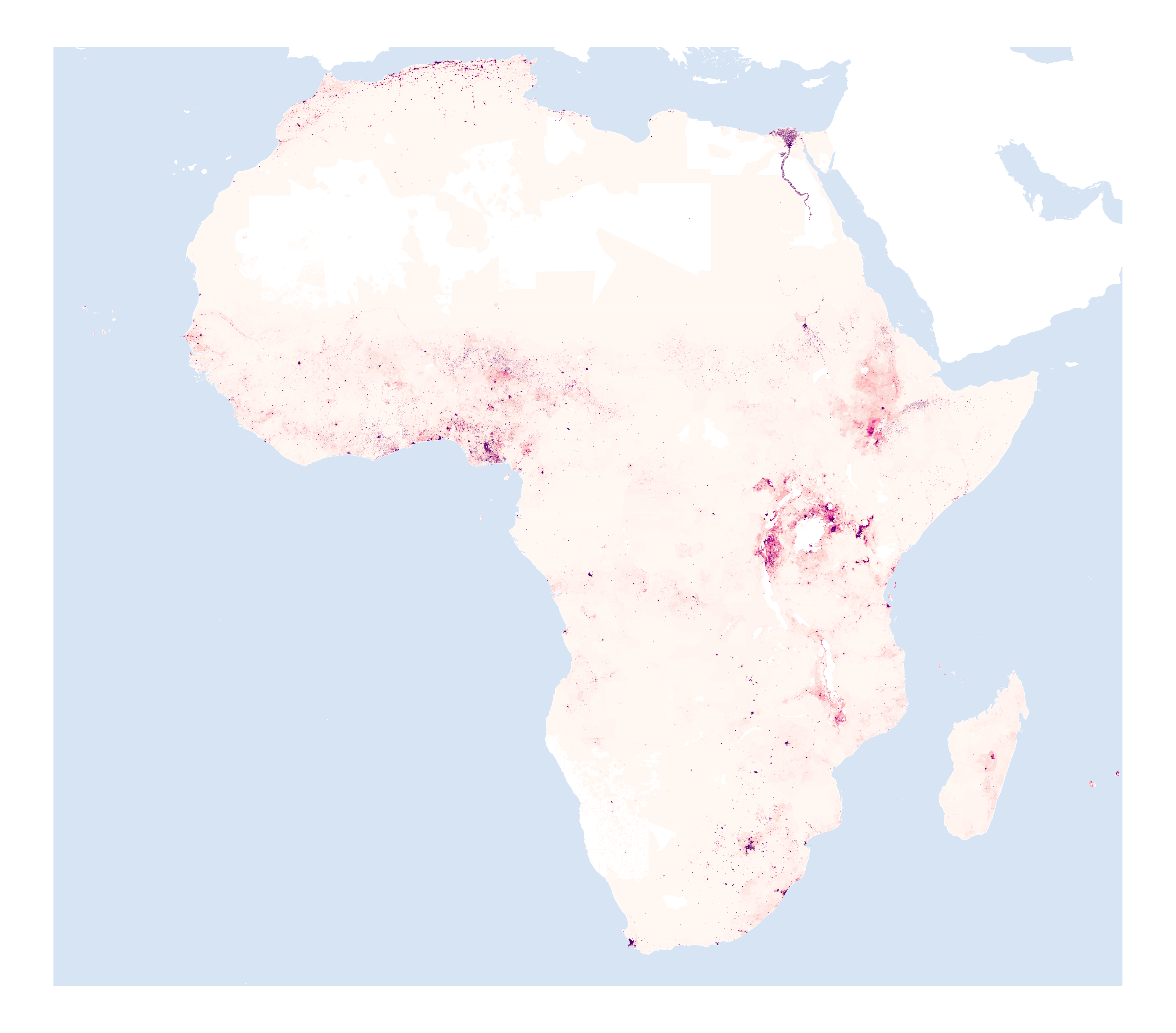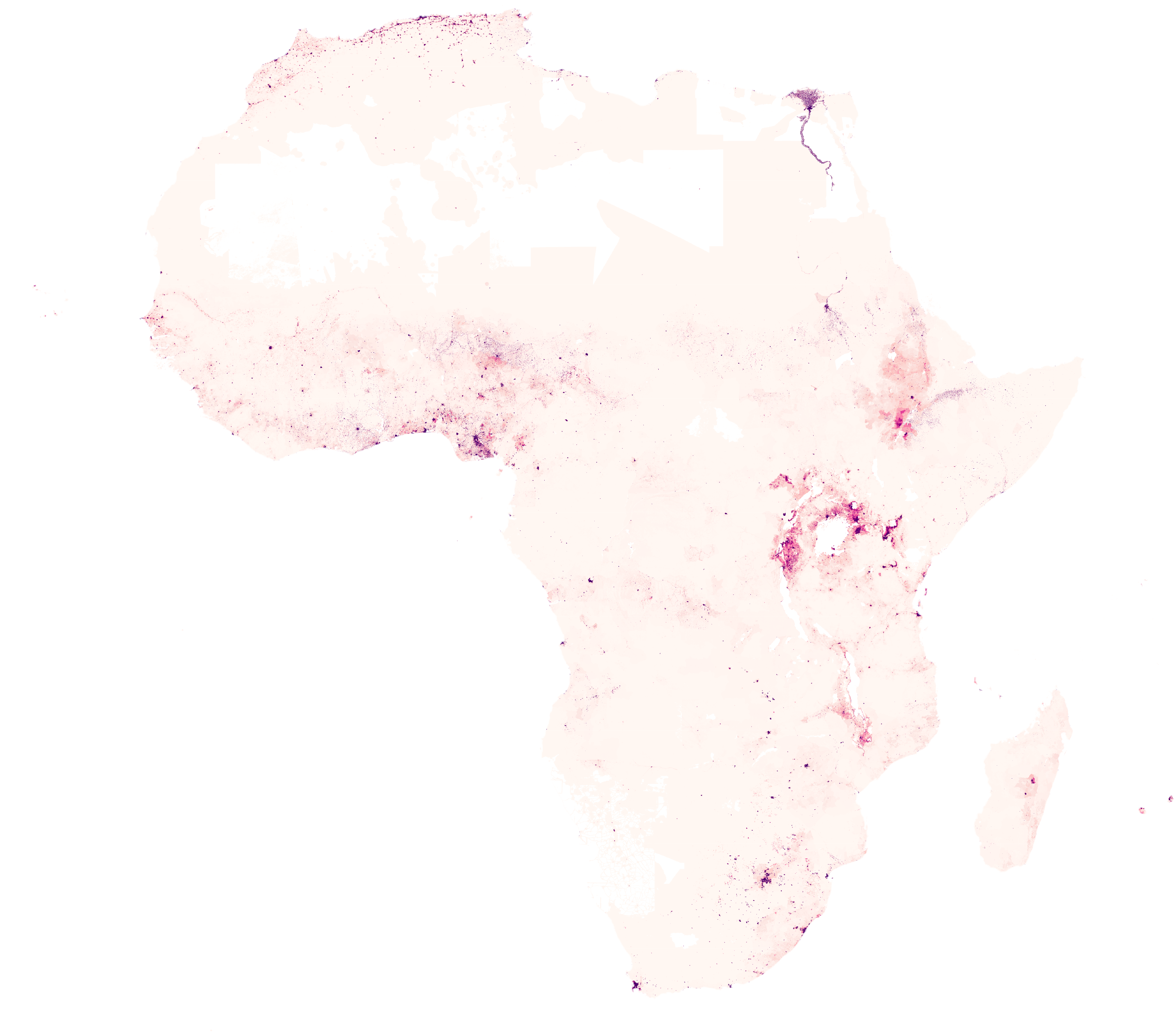

Geography matters
- Patterns in malnutrition and fertility cross across administrative borders and livelihood zones.
- Improvements in malnutrition between 2010 and 2014/2015 are not equal across the country.
- The northwest corner of Rwanda has significantly higher malnutrition, [lower contraception use]. 
High level findings
- Geography matters
- Patterns in malnutrition and fertility cross across administrative borders and livelihood zones.
- Improvements in malnutrition between 2010 and 2014/2015 are not equal across the country.
- The northwest corner of Rwanda has significantly higher malnutrition, [lower contraception use]. 
- Basic needs to prevent stunting are being met, but more work is needed.
- Improved sanitation and water access increased markedly in the past five years.
- Fertility and Modern Contraceptive Use are virtually unaffected by wealth.
What did we do?
To help answer these questions, we analyzed household-level data to understand:
- What are the trends in these variables?
- Where within the country is the greatest need?
- Who is most affected by malnutrition and high fertility?
- Why are certain households affected and others aren't?
- How does this information relate to USAID Rwanda's investments?
Motivation
Why is stunting so high?
- Though Rwanda has had dramatic economic growth in the past 25 years, chronic child malnutrition remains high across the country, affecting nearly 40% of children under 5.
- Chronic malnutrition, indicated by children whose height is stunted for their age, is associated with long-term problems.
- Why aren't economic improvements being translated as quickly to improvements in stunting?
learn more about Stunting Over Time
Why is fertility still high?
- The total fertility rate — how many children a woman will have in her lifetime — has decreased from a peak of XX to 4.2 children/woman on average.
- However, the fertility rate is leveling off rather than continuing to decrease, which will introduce strain on systems, especially since Rwanda is already the densest nation in Africa.
- What's responsible for the slow down?